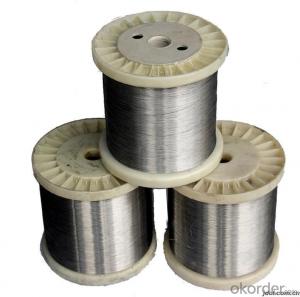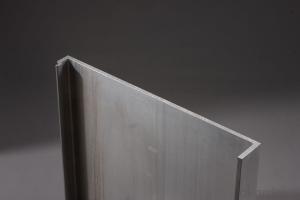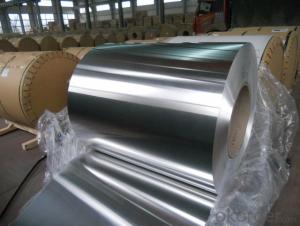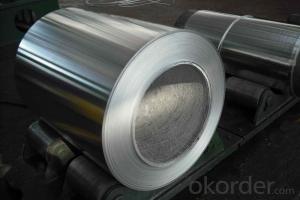Mill Finished Aluminum Roofing Sheets for Waterproofing - Price in India
- Loading Port:
- Shanghai
- Payment Terms:
- TT OR LC
- Min Order Qty:
- 5 m.t.
- Supply Capability:
- 3000 m.t./month
OKorder Service Pledge
OKorder Financial Service
You Might Also Like
Specification
1.Structure of Mill Finished Aluminium Foils for Water Proofing
Mill Finished Aluminium Foils for Water Proofing is one semi-finished aluminium material. This strip can be rolled down to aluminium coil,sheet,circle ect. The alloy AA1050 is widly used in building, industry ect. Its weight is much lower than steel. So many customers choosed aluminium material instead of steel.
2. Main features of Mill Finished Aluminium Foils for Water Proofing
a.Competitive price---We have our own mills and can produce mill finished aluminium coils, so we can control the production cost better.
b.Professional after-sale service---We have more than 15 years exportation experience and you need not worry about the exporation problems.
c.Fast delivery time---We can control the delivery time within 35 days.
3. Image of Mill Finished Aluminium Foils for Water Proofing
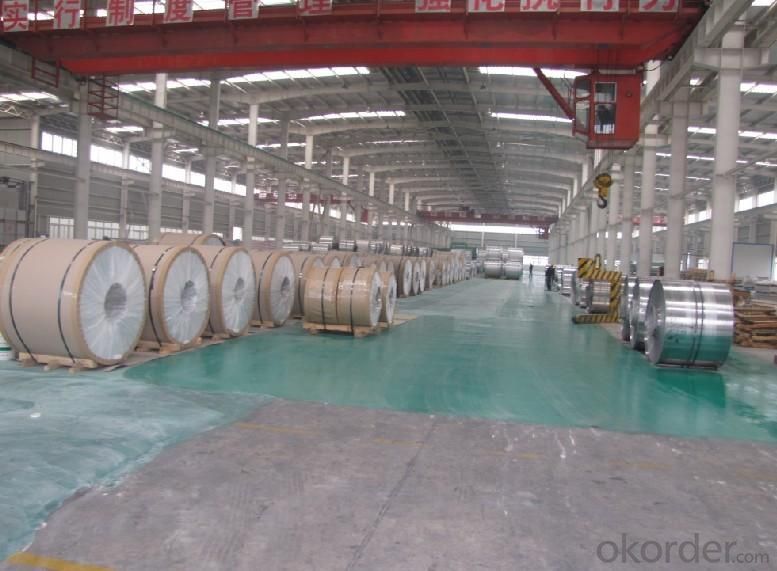
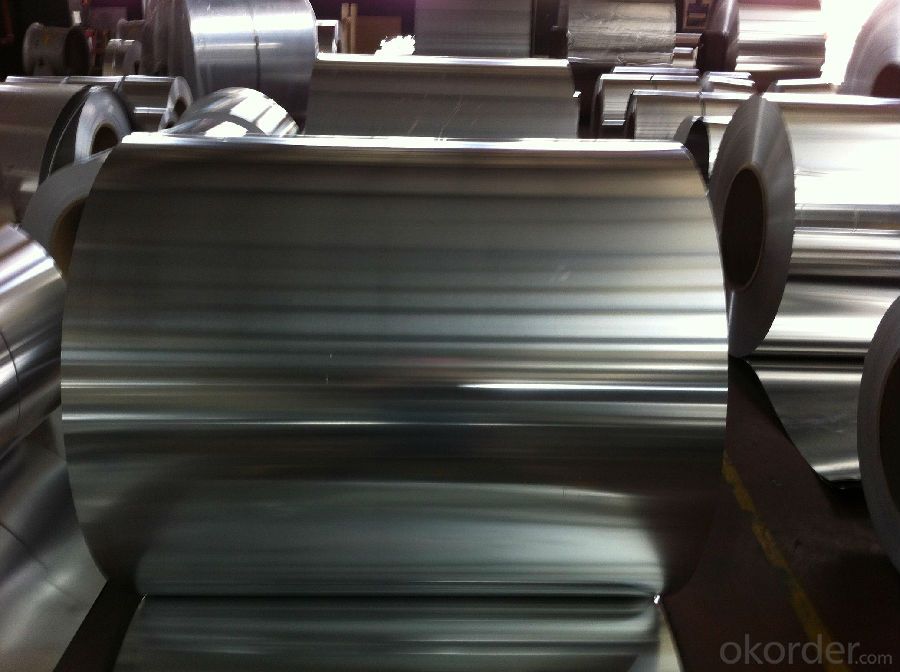
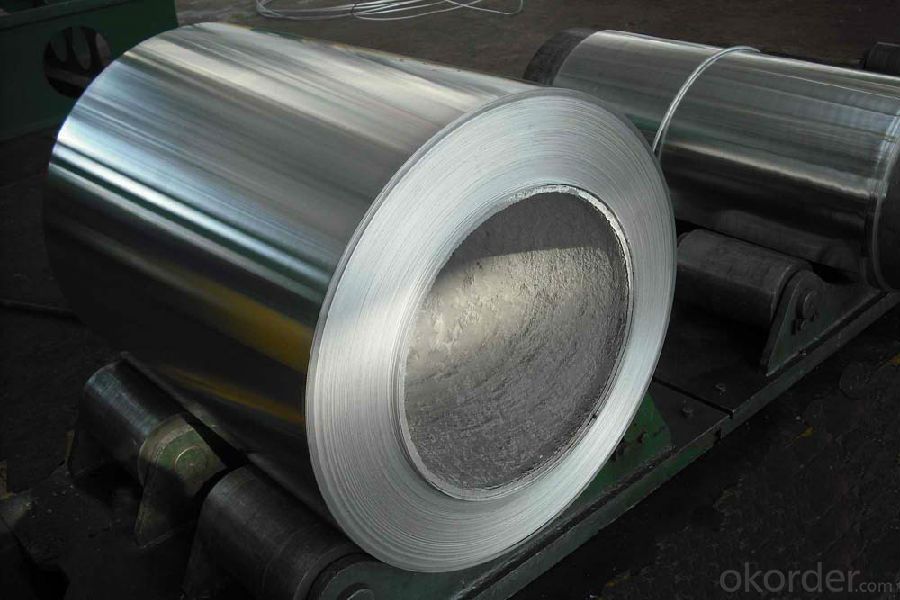
4. Product Specification of Mill Finished Aluminium Foils for Water Proofing
| ALLOY | TEMPER | THICKNESS | WEIGHT | SURFACE |
| AA3003 | H18 | 0.2MM-3MM | 2 TONS | MILL FINISHED |
5.FAQ:
What is the quality standard?
---Usually our standard is GB3880-2006
What is the largest width?
---It is 2300mm
What is the MOQ?
---Usually we can accept 80 tons.
- Q: How do 101 aluminum sheets compare in terms of strength and durability?
- 101 aluminum sheets are known for their excellent strength and durability properties. They offer a high level of resistance to corrosion, making them suitable for various applications in industries such as automotive, construction, and aerospace. Additionally, their strength-to-weight ratio is impressive, allowing for efficient use in structures where weight reduction is essential. Overall, 101 aluminum sheets are considered strong and durable materials with a wide range of practical uses.
- Q: ... initial temperature of the water or the initial temperature of the aluminum? Why?
- Let's say the aluminum starts out at a higher temperature than the water. The aluminum cools down by 1°C, which means it loses energy (Q = mcΔT, where ΔT = 1°C). That energy goes to the water, warming it up. Since Q is the same for both water and aluminum, and m is the same for both, all that matters is the heat capacity c. Water has a higher heat capacity than aluminum, so for the same Q it must have a smaller ΔT. This process continues until both have reached the same T. From the above paragraph, you should be able to figure out if the final T is closer to the initial water temp or the original aluminum temp.
- Q: What are the different surface patterns available for aluminum sheets?
- Aluminum sheets can have various surface patterns depending on the desired aesthetic and functional requirements. Some common surface patterns available for aluminum sheets include: 1. Smooth Finish: This is the most basic surface pattern, characterized by a flat and polished appearance. It is often used for applications where a clean and sleek appearance is desired, such as in architecture and interior design. 2. Stucco Embossed: This surface pattern features a raised texture resembling the look of stucco. It provides enhanced durability and slip resistance, making it suitable for applications that require a non-slip surface, such as stair treads or ramps. 3. Diamond Tread: This pattern consists of raised diamonds on the surface, providing superior traction and slip resistance. It is commonly used in applications where safety is a concern, such as on vehicle running boards or industrial flooring. 4. Hammered Finish: This surface pattern creates a textured appearance similar to that of hammered metal. It adds visual interest and can be used to enhance the aesthetics of architectural elements, decorative panels, or furniture. 5. Brushed Finish: Also known as satin finish, this pattern is achieved by brushing the surface of the aluminum sheet in a linear direction. It creates a smooth and consistent texture, often used for decorative purposes in applications like signage, wall cladding, or kitchen appliances. 6. Perforated: In this pattern, the aluminum sheet is punctured with small holes or slots in a specific design or pattern. It allows for airflow, light transmission, and sound absorption, making it suitable for applications like ventilation systems, acoustic panels, or decorative screens. These are just a few examples of the different surface patterns available for aluminum sheets. The choice of pattern depends on the intended use, desired appearance, and functional requirements of the application.
- Q: Does aluminum sheet require special handling during transportation?
- Yes, aluminum sheet does require special handling during transportation. This is because aluminum sheets are lightweight and can be easily damaged if not handled properly. Special precautions need to be taken to prevent scratching, bending, or denting of the sheets. They should be packaged and secured in a way that minimizes movement and provides adequate protection against impacts. Additionally, aluminum sheets should be transported separately from other heavy objects or materials to avoid any potential damage caused by their weight. Overall, special care and attention must be given to ensure the safe transportation of aluminum sheets.
- Q: What are the common sizes of aluminum sheet?
- Common sizes of aluminum sheets vary depending on the specific requirements and industry applications. However, some standard sizes are commonly available in the market. These sizes typically range from 0.025 inches to 0.125 inches in thickness and can come in various widths and lengths. Some common width options include 36 inches, 48 inches, and 60 inches, while the length can range from 96 inches to 144 inches. Additionally, aluminum sheets can also be found in smaller sizes, such as 12 inches by 24 inches or 24 inches by 24 inches, which are often used for smaller projects or crafts. It is important to note that custom sizes can also be obtained through specialized aluminum sheet suppliers.
- Q: What are the different types of alloys used for anodized aluminum sheets?
- There are various types of alloys used for anodized aluminum sheets, including 1000 series (pure aluminum), 3000 series (aluminum-manganese alloys), 5000 series (aluminum-magnesium alloys), and 6000 series (aluminum-magnesium-silicon alloys). Each alloy offers different properties and characteristics, allowing for a wide range of applications in industries such as construction, transportation, and electronics.
- Q: What is the electrical conductivity of aluminum sheets?
- Aluminum sheets possess a rather high electrical conductivity, positioning aluminum as an exceptional conductor of electricity among typical metals. With an approximate conductivity rating of 37.7 x 10^6 siemens per meter (S/m), aluminum thrives as a favored selection for an array of electrical purposes, including wiring, power transmission lines, and electrical connectors.
- Q: How do aluminum sheets perform in terms of magnetism or electromagnetic interference?
- Aluminum sheets have a very low magnetic permeability, which means they are not attracted to magnets and do not retain a magnetic field. This property makes aluminum sheets highly resistant to magnetism and reduces their susceptibility to electromagnetic interference (EMI). Aluminum is often used in applications where shielding against EMI is necessary, such as in electronic devices, aerospace structures, and electrical enclosures. Due to its non-magnetic nature, aluminum sheets do not interfere with magnetic fields or create any significant electromagnetic fields of their own. This makes them ideal for applications that require minimal magnetic distortion, such as in MRI machines or sensitive scientific instruments. In addition to their low magnetism, aluminum sheets also have good electrical conductivity. This property allows them to effectively dissipate any induced currents or static charges, further reducing the risk of electromagnetic interference. Overall, aluminum sheets perform excellently in terms of magnetism and electromagnetic interference. Their low magnetic permeability, non-magnetic nature, and good electrical conductivity make them a favorable choice for applications where EMI shielding and minimal magnetic distortion are essential.
- Q: What is the maximum sheet size available for aluminum sheets?
- The maximum size of aluminum sheets can differ based on the manufacturer and specific use. Nonetheless, as a rule, aluminum sheets typically have a standard maximum size of 4 feet by 12 feet (48 inches by 144 inches). This size is widely employed across industries like construction, automotive, and aerospace. Nevertheless, it is crucial to acknowledge that certain suppliers may offer larger sizes upon request, albeit with additional expenses and factors to consider.
- Q: Is aluminum sheet resistant to UV rays?
- Yes, aluminum sheet is resistant to UV rays.
Send your message to us
Mill Finished Aluminum Roofing Sheets for Waterproofing - Price in India
- Loading Port:
- Shanghai
- Payment Terms:
- TT OR LC
- Min Order Qty:
- 5 m.t.
- Supply Capability:
- 3000 m.t./month
OKorder Service Pledge
OKorder Financial Service
Similar products
Hot products
Hot Searches
Related keywords












